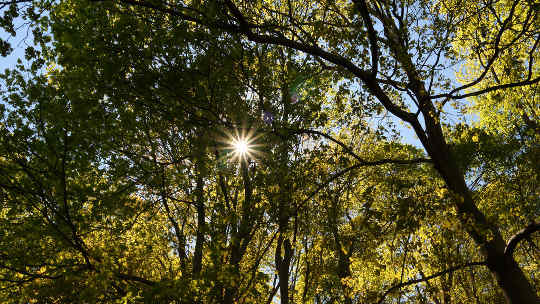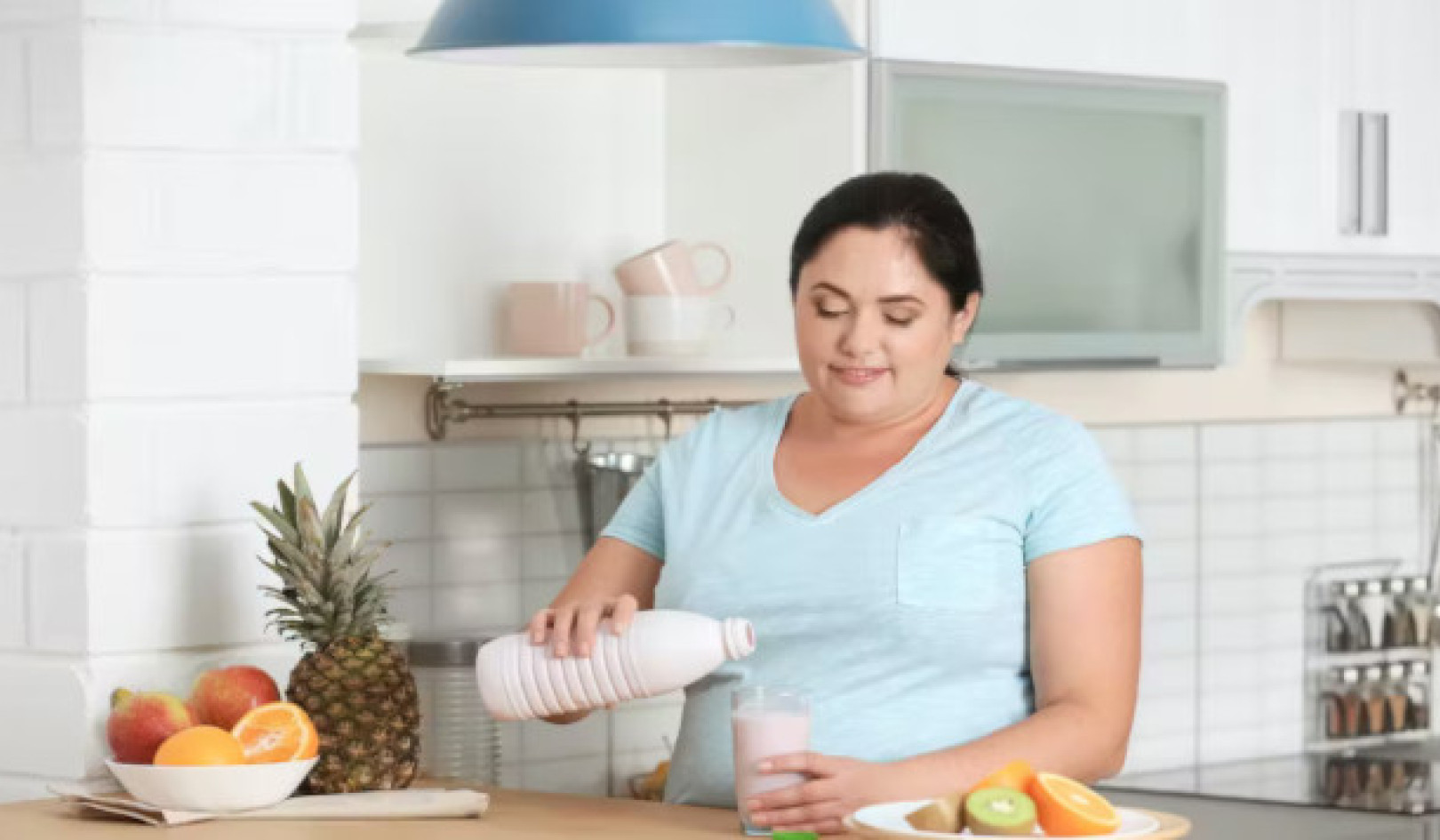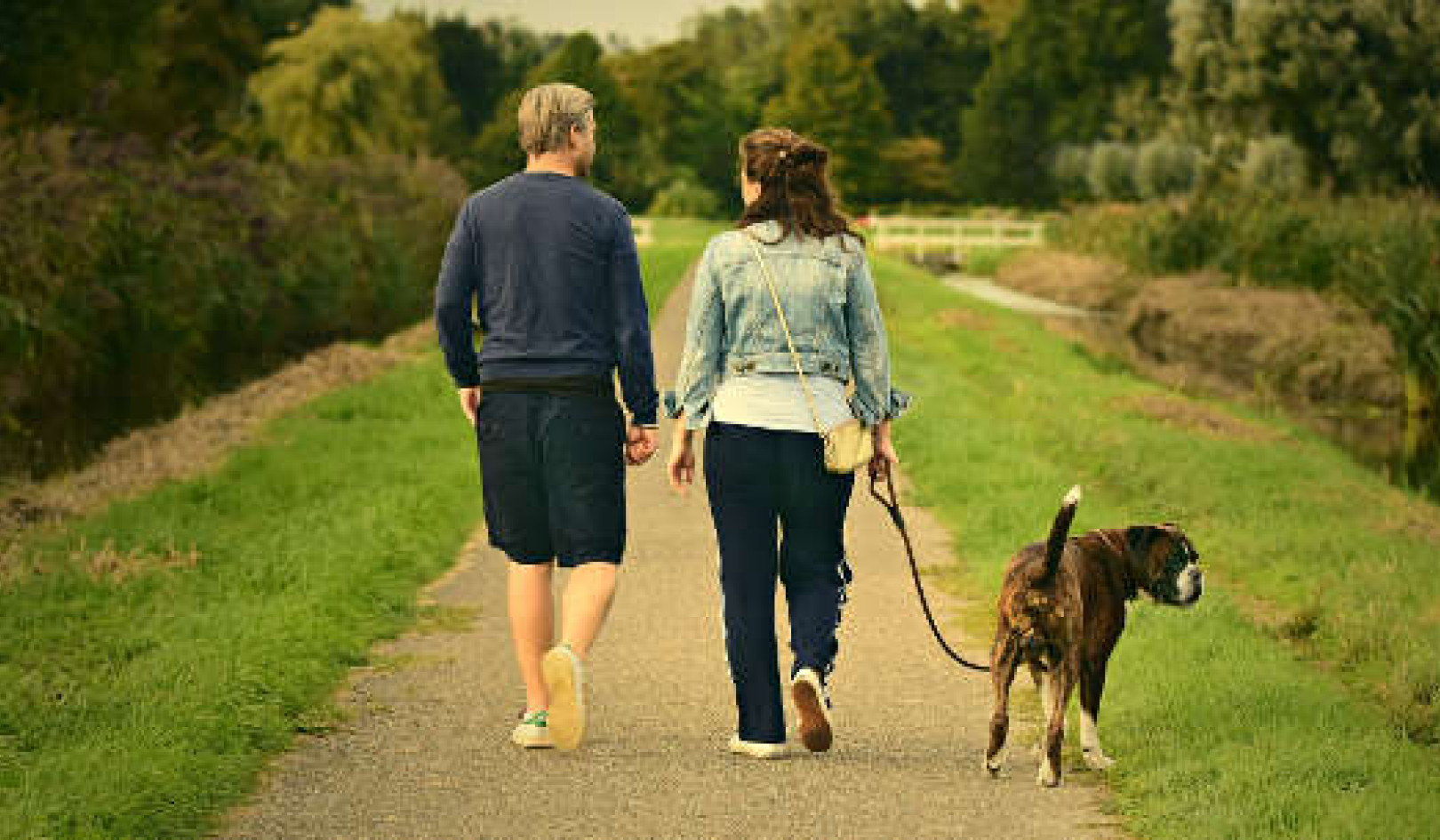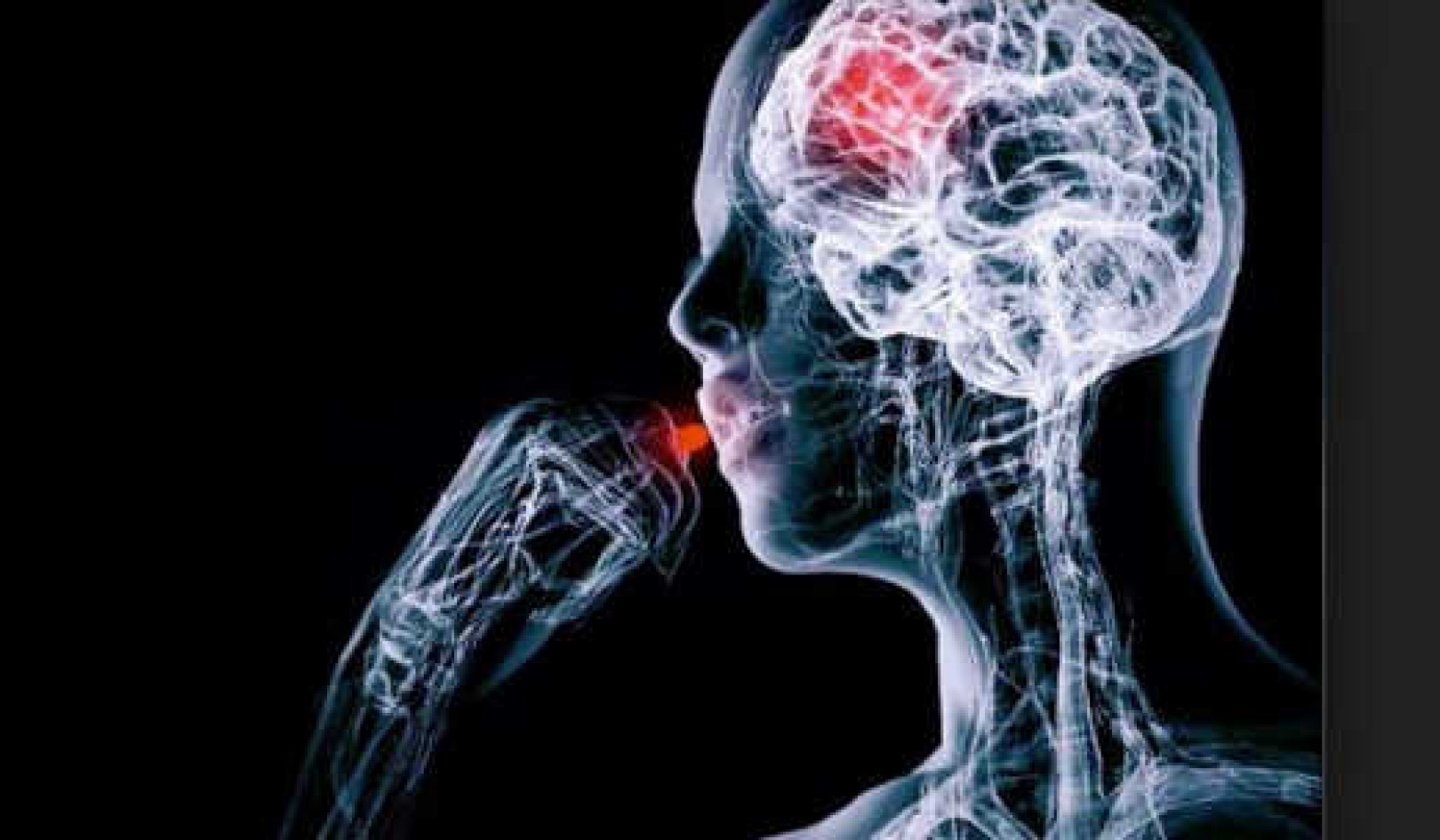
In this modern age, we tend to run from the sun due to what I believe to be understandable but overblown concerns about skin cancer. Since the time of the Greeks, heliotherapy (sun therapy) has been a valuable way to heal the body and balance the mind. Hippocrates, the father of medicine, recognized that people with mood challenges need plenty of sunlight.
Three ways healthful exposure to sunlight can calm and balance mood are by maintaining healthy levels of serotonin, balancing your circadian rhythm, and building up your vitamin D stores. John Denver sang “Sunshine, on my shoulder, makes me happy.” While I am not sure he ran a full human research trial on this, he did seem to have a clear understanding of sunlight’s benefit on mood.
When the eye is exposed to sunlight, the hypothalamus is activated. The hypothalamus houses your bodily clock and is also the meeting point for your nervous system, immune system, and hormonal system. Throughout your day, your rhythmic balance is highly dependent on the timing and length of sunlight exposure. So, getting the right amount of both light and darkness is key to creating circadian rhythms consistent with a healthy body and good mood.
Traditional Chinese Medicine (TCM) is based on the notion of balancing the yin and yang—yin represents darkness and nighttime, while yang represents light and daytime. In TCM, you cannot have true health without balance between yin and yang. Darkness plays an essential role for our circadian health. Now we are going to discuss the benefits of light.
Light Exposure and Serotonin Connection
Serotonin is a feel-good neurotransmitter that calms and improves mood at the same time. Levels of serotonin increase when there is more light around. This is probably why people are generally happier in the summertime. Indeed, one 2002 study that looked at the blood of 101 men showed that serotonin levels are at their lowest in the winter.
The rate of serotonin production in the brain and body depends on how long a person was exposed to light, as well how strong the light was (the strength of the light is known as intensity). This is why sunlight exposure in the summer is generally more effective than in the winter. Other studies have also shown how serotonin transporters (little proteins that bind up and inactivate serotonin) are more plentiful in the brain during dark periods.
Darkness sends a signal to our bodies to keep things “low.” If you are predisposed to anxiety and your serotonin is generally low, then you’re extremely likely to suffer from anxiety and panic.
Sunlight and Circadian Rhythm
Modern life has given us infinite ways to keep the sun away from our skin. During the day, most of us stay indoors to work. We are clothed from top to bottom. Even when we are outside traveling, we stay in vehicles that block the sun.
Our environment is also becoming one big sun blocker—air pollution blocks what used to be healthful sun exposure. Even more, modern medicine has all but scared us into blocking the last bit of sunlight we might accidentally receive by telling us to use sunblock.
Your body needs exposure to light—especially in the morning hours. But let’s face it: how often do you get outdoors in the morning? Probably not while you’re rushing to work or school. I know that even when I go for a run outside in the morning, unless it’s summer, I run in the dark anyway! It’s hard for a fellow to catch a sun break.
This minimal sun exposure is detrimental to our circadian rhythm, which needs high levels of morning cortisol (an adrenal stress hormone). The body generally decreases its cortisol production as the day goes on, with the lowest levels in the evening. When the sun goes down and cortisol is low, melatonin is properly secreted into the body. This sends a gentle but firm signal to the nervous system to calm down, unwind, relax—it is time to sleep.
When you do not get enough sun, your circadian rhythm gets out of whack, with cortisol levels fluctuating inappropriately throughout the day. When these stress hormones pop up and down at the wrong time, the body knows that the clock in the hypothalamus and the whole stress system is off kilter. You will be more likely to experience anxiety and mood problems.
Mood disorder has been clearly associated with delayed release of melatonin, which will happen when cortisol is too high at night, and/or when you go to bed too late. If you are a “morning type,” good for you—your hours support a healthy circadian rhythm. Morning people find they want to fall asleep between nine and ten at night and wake up by five or six. So-called “morning people” are more likely to get out in the early hours to enjoy morning bright light exposure, decreased morning melatonin secretion, more healthful circadian rhythms, and less anxiety.
Sunlight and Vitamin D
Sunlight is a major source of vitamin D, which is crucial for many of our body processes. Low vitamin D levels correlate with increases in risk of death from cancer, heart disease, and lung problems. Doctors advise their patients to stay out of the sun to reduce skin cancer deaths, but fear of the sun is likely causing more deaths from all other diseases—and it’s contributing to mood problems.
Natural sunlight is actually made up of three light rays: visible light, ultraviolet light (UV light), and infrared radiation (IR). A component of UV light, UVB light, is responsible for catalyzing the conversion process that makes vitamin D in your skin by transforming a chemical called cutaneous 7-dehydrocholesterol into vitamin D3.
While UVB’s ability to make vitamin D may be important, sunlight’s infrared wavelengths also play an important role in mood. Research shows that when animals are exposed to infrared light and subjected to stressful tests, they are less likely to feel overcome with anxiety.
In my office, I often combine acupuncture treatments with the use of an infrared device called a Teding Diancibo Pu lamp (commonly referred to as a TDP lamp). I have patients expose body parts such as the abdomen or lower back to this lamp, which emits heat and far-infrared light. Patients tell me that the TDP treatment helps them feel calm, secure, and nourished—and it warms them during their acupuncture session.
The take-home message from this section on sunlight? Get out in the sun when you can. Of course, don’t overdo it and get a sunburn—it is true that too much sunlight will increase your risk of skin cancer. A good rule of thumb is to get out into the sun and expose your skin just until it starts to pink up a little bit.
While it’s ideal to get your sunlight exposure from the sun itself, not everyone can do so safely. If you have very fair skin or a personal or family history of skin cancer, check with your doctor. You may need to opt for vitamin D supplementation or a phototherapy light box.
Nature Medicine
A premise of naturopathic medicine is the principle that “nature heals.” As a practitioner, this principle challenges me to bring to each patient the most natural methods to achieve healing and balance in the body. One powerful way to do this is to ask each patient to spend time in nature—and I am asking you to do the same thing right now.
Is nature therapy really helpful? Millions of people live in cities and they seem okay, right? In Traditional Chinese Medicine, healing occurs when you rebalance your body’s energy with the energy of the environment around you.
The idea is that nature knows how to stay in balance, and your body is a reflection of nature—so if your body goes out of whack, nature can help bring it back. In fact, the concept of feng shui suggests that if the energy in your home is out of balance, it will negatively affect your health. I know that when the room I’m in is neat, I feel better.
If it is true that our health is affected by the nature around us, we must ask ourselves: what happens when the environment is not healthy, and what does it do to the body? There are entire books on the subject of environmental medicine (the study of how toxins in the environment affect human health). The fact that our health is closely linked to our environment is why so many healthcare providers nowadays are passionate about saving the trees. They know that if we do not keep nature up and running, our health doesn’t stand a chance.
One fascinating study compared the recoveries of gall bladder surgery patients. Members of one group had a bedside window view of trees; the other group’s members looked out on a brick wall. The results showed that those with the nature view had shorter hospital stays and suffered fewer minor post-surgical problems, such as persistent headache or nausea. Furthermore, members of the nature group were more likely to be in good spirits, as reported by the hospital staff.
The brick wall group did a lot more complaining—the staff gave evaluations that said things like “the patient is upset” and “patient needs much encouragement.” Even more impressive: the patients with the tree view needed far fewer doses of strong narcotic pain medicines.
Forest Bathing
The Japanese have a very strong reverence and appreciation for nature. Their practice of spending time in nature is called forest bathing (or shinrin-yoku). This forest immersion is known for its health benefits, notably for mental health and the immune system. This treatment is simple—patients visit a forest and breathe in the air, which has molecules given off by the trees.
A study conducted by the Nippon Medical School in 2009 looked at twelve healthy men, ages thirty-seven through fifty-five. These men took a three-day, two-night trip through nature. During the trip, the subjects gave blood and urine samples at various intervals.
On the first day, subjects walked through a forest field for two hours in the afternoon. On the second day, they walked through two different forest fields for two hours in the morning and afternoon. Blood samples from the second and third days showed that the immune cells known as “natural killer cells” and other anticancer factors were greatly increased. Moreover, the natural killer cell levels stayed elevated for a whole thirty days after the trip—pretty potent medicine.
In addition, and likely more important for you, this study found that levels of the stress hormone adrenaline, which the body releases in response to anxiety, dropped down after forest bathing trips. I know that when I take a walk or run through the forest, I generally feel calm for the rest of the day.
Trees and plants give out various chemicals that are likely responsible for these positive effects on the body. Plants emit chemical aromas called phytoncides, which are organic antimicrobial molecules that may be responsible for both the calming and immune supportive effects of the forest.
Other research with seniors has shown how spending time in the forest will lower cortisol, blood pressure, heart rate, and inflammation in the body. At the same time, forest exposure kicks up your parasympathetic activity, which is the relaxation “rest and digest” response in the body—this is the response that is so needed to bring balance when you tend to be anxious.
©2015 by Peter Bongiorno. All rights reserved.
Reprinted with permission of the publisher, Conari Press,
an imprint of Red Wheel/Weiser, LLC. www.redwheelweiser.com.
Article Source
 Put Anxiety Behind You: The Complete Drug-Free Program
Put Anxiety Behind You: The Complete Drug-Free Program
by Peter Bongiorno, ND, LAc.
Click here for more info or to order this book on Amazon.
About the Author
 Dr. Peter Bongiorno is a licensed naturopathic doctor and acupuncturist with offices in NYC and Long Island, and an adjunct faculty member at New York University. He is a graduate of Bastyr University, the leading accredited university for science-based natural medicine. Dr. Bongiorno is vice-president of the New York Association of Naturopathic Physicians, a member of the American Association for Naturopathic Physicians, Physicians for Social Responsibility, and a Diplomat in Acupuncture. He has contributed to The Textbook of Natural Medicine, and The Biology of Depression and Dr. Michael Murray's Encyclopedia of Healing Foods. He has worked as a researcher at the National Institutes of Health and Yale University, and has co-authored numerous medical journal articles in the field of neuroendocrinology. Visit him at www.innersourcehealth.com.
Dr. Peter Bongiorno is a licensed naturopathic doctor and acupuncturist with offices in NYC and Long Island, and an adjunct faculty member at New York University. He is a graduate of Bastyr University, the leading accredited university for science-based natural medicine. Dr. Bongiorno is vice-president of the New York Association of Naturopathic Physicians, a member of the American Association for Naturopathic Physicians, Physicians for Social Responsibility, and a Diplomat in Acupuncture. He has contributed to The Textbook of Natural Medicine, and The Biology of Depression and Dr. Michael Murray's Encyclopedia of Healing Foods. He has worked as a researcher at the National Institutes of Health and Yale University, and has co-authored numerous medical journal articles in the field of neuroendocrinology. Visit him at www.innersourcehealth.com.
Watch a video with Dr. Peter Bongiorno and Pina LoGiudice: We Have Medicinal Power from Food Choices

























